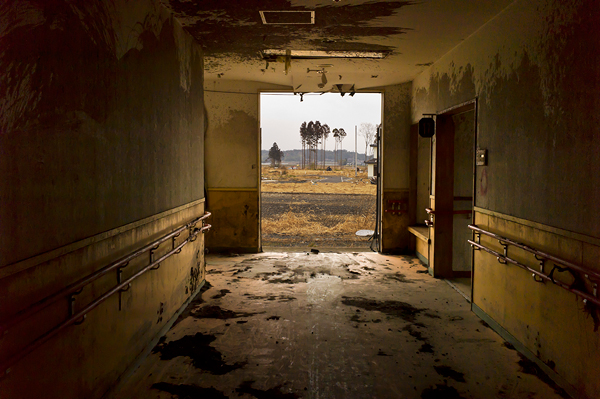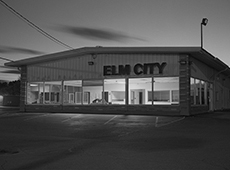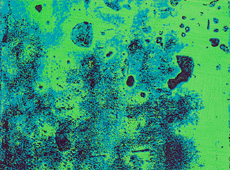
© Magdalena Solé. From After the Water Receded.
“The storms are getting worse–more frequent and more intense. And the science that says so blames climate change and points a finger at us.” That was the umph line in my comment back on October 16. A lot has happened since, storm-wise, and all of it bad. Whether you agree with my take on climate change’s dangerous impacts on the world’s weather–and the science that supports it–or disagree and believe that we’re simply caught in a cycle of bad storms, the facts on the ground are firm. As I write this, the stories coming in from Tacloban–and more, the numbers–are unbearable.
220,000 in Tacloban alone remain without food, water or proper shelter. This since Friday, when Typhoon Haiyann tore a swatch across the Philippines, smacking headlong into Tacloban and the provinces across Leyte and Samar islands. 2,500 dead; that’s the government’s official estimate, but that number is eclipsed by the number officials expect and dread: 10,000. Nearly 700,000 displaced. More than 11 million people (that’s 11 million) have been affected by the storm, the UN says, and at least 2.5 million require emergency help.
“The urgent fix is the long-term fix.” That’s the other thing I wrote back on October 16. And I still believe it. We must rethink the way we build–and the where. And we must consume less–especially oil. But a staggering number of people need more immediate help. They need the most basic things–food, water, shelter, sanitation, medicine. So we’ve pulled together a list of resources (below) which Lauren and I hope will help you to help. If you’d like to add to this list, please email us and we’ll try to post what you send.
“The urgent fix is the long-term fix.” That’s the other thing I wrote back on October 16…But a staggering number of people need more immediate help. They need the most basic things…”
The numbers are indeed staggering–“incomprehensible” is the better word. And that they are begs a question that hits us where we live here at Tilted Arc. Can art do the moment justice? Can it persuade and cause us to act–and should it? The photograph that tops this post is not from Tacloban or Odisha or any of the places hit hard in past weeks by killer storms. Like last time, it’s from the Tōhoku region of Japan, which bore the brunt of the 2011 earthquake and the tsunami that followed. And like last time, it was made by photographer Magdalena Solé and comes from her project After the Water Receded. I asked Magdalena why she went to Japan to make these pictures. Here’s what she said:
“Japan has for decades been a spiritual home to me. I wanted to offer whatever meager support I could and bear witness to tragedy as I would [for] a close friend. I think my photographs [from Japan] were an attempt to allow others to bear witness and find a connection to the people who survived the tsunami beyond the hysteria of a 24 hour news cycle.”
In January, we’ll look into the question of art, its ability to transcend the temporal and its power to persuade. But today, we’re taking a break from art and turning our attention to an even more fundamental need: the need to respond. Again, we hope these resources help.
Aid organizations on the ground now or assisting:
The International Committee of the Red Cross
The International Rescue Committee
*
Watch: Excerpts from a statement about Typhoon Haiyan by Naderev Saño, the chief representative of the Philippines at the Warsaw Climate Change Conference.
Watch: The PBSNewsHour Analysis: Why the Strongest Storms Are Getting Stronger
*
Read the legislation on Climate Change now pending before Congress: Bloomberg BNA’s Energy and Climate Digest: Climate Legislation Tracker
*
Follow our discussion of artists’ response to land, landscape and Climate Change here.
Learn more about artists responses to Hurricane Sandy. Visit: Coming Together: Surviving Sandy here and Museum of the City of New York’s Rising Waters: Photographs of Sandy here.
Subscribe to Tilted Arc
If you like this story, please consider subscribing. We are sticklers for privacy.
We will never sell or share your e-mail address.



